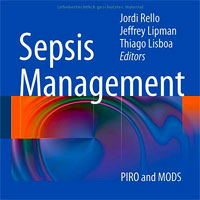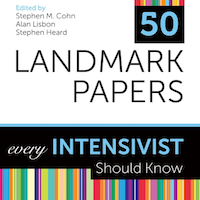Tag: ventilation
Impact of Drug and Equipment Preparation on Pre-hospital Emergency Anesthesia Procedural Time, Error Rate and Cognitive Load
Pre-preparation of Preparation on Pre-hospital Emergency (PHEA) equipment and drugs resulted in safer performance of PHEA and has the potential to reduce on-scene time by up to a third. In total 23 experiments were completed,... read more
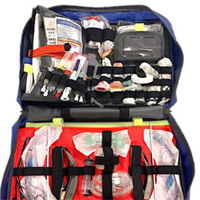
Improving Hospital Survival and Reducing Brain Dysfunction at Seven California Community Hospitals
The evidence-based ABCDEF bundle was successfully implemented in seven community hospital ICUs using an interprofessional team model to operationalize the Pain, Agitation, and Delirium guidelines. Higher bundle compliance... read more

A retrospective observational study of acquired subglottic stenosis using low-pressure, high-volume cuffed endotracheal tubes
The safety of cuffed endotracheal tubes in the neonatal and critically ill pediatric population continues to be questioned due to the theoretical risk of acquired subglottic stenosis. The incidence of acquired subglottic... read more

Electrical Impedance Tomography in ARDS
Acute respiratory distress syndrome (ARDS) is a clinical entity that acutely affects the lung parenchyma, and is characterized by diffuse alveolar damage and increased pulmonary vascular permeability. Currently, computed... read more
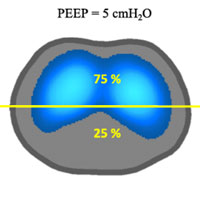
Imaging platform captures hard-to-track bacterial lung infections in real time
Ahsan Akram and colleagues have created a fluorescent imaging probe that can quickly and accurately detect hard-to-trace Gram-negative bacteria (one of the major bacterial groups) in human lungs within minutes. Their first-in-human... read more

Decontamination Strategies and Bloodstream Infections With Antibiotic-Resistant Microorganisms in Ventilated Patients
In this cluster randomized multicenter study in 13 European ICUs, decontamination strategies with either antibiotics (SDD or SOD) or CHX mouthwash were not associated with reductions in ICU-acquired BSI with MDRGNB, nor mortality,... read more

Effect of Dexmedetomidine on Mortality and Ventilation in Sepsis Patients
Dexmedetomidine provides sedation for patients undergoing ventilation; however, its effects on mortality and ventilator-free days have not been well studied among patients with sepsis. This randomized clinical trial compares... read more

Positive End-expiratory Pressure and Mechanical Power
Less than 7 cm H2O positive end-expiratory pressure reduced atelectrauma encountered at zero end-expiratory pressure. Above a defined power threshold, sustained positive end-expiratory pressure contributed to potentially... read more
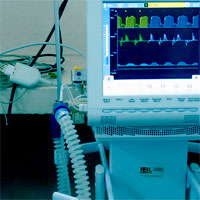
Lumping or Splitting in Pediatric ARDS
Improvements in acute respiratory distress syndrome (ARDS) outcomes in adults have been achieved along-side demonstration of the superiority of low-tidal volume ventilation, the relative advantage of a restrictive fluid strategy... read more

Acute Salicylate Toxicity, Mechanical Ventilation, and Hemodialysis
In patients requiring intubation from acute salicylate toxicity, hemodialysis should be considered as part of management, as this is associated with decreased mortality. Salicylates are common substances that can be purchased... read more

Critical Hemoglobin Desaturation Will Occur before Return to an Unparalyzed State following 1 mg/kg Intravenous Succinylcholine
The American Society of Anesthesiologists (ASA) difficult airway algorithm recommends that if initial attempts at tracheal intubation after the induction of general anesthesia are unsuccessful, the practitioner should "consider... read more
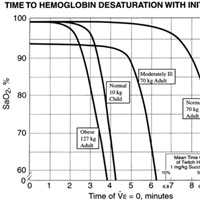
Thai cave rescue: The drug that allowed boys to survive rescue mission
Thai schoolboys were rescued from the cave using dissociative ketamine plus positive-pressure facemask ventilation (to prevent water from leaking into their masks), so they basically used delayed sequence intubation strategy.... read more

ICU ventilators overused among advanced-dementia patients
Mechanical ventilation may be lifesaving, but in certain patient cases it may prolong suffering without a clear benefit. JAMA Internal Medicine published a study of 635,008 hospitalizations of nursing-home patients with advanced... read more
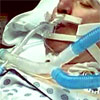
Modes of Mechanical Ventilation Vary Between Hospitals and ICUs within a University Healthcare System
As evidence-based guidance to aid clinicians with mechanical ventilation mode selection is scant, we sought to characterize the epidemiology thereof within a university healthcare system and hypothesized that nonconforming... read more

Low Tidal Volume Ventilation in ARDS
In this "Breathe Easy Critical Perspective" podcast, Dr. Dominique Pepper interviews Dr. Allan Walkey. They discuss low tidal volume ventilation in ARDS. Dr. Walkey is the chair of the Early Career Professional Working Group... read more

Non-invasive Ventilation in the ED: Whom, When, How?
Timely use of NIV in the ED may decrease the need for invasive ventilation and its associated complications. The appropriate device, interface and patient selection are, therefore, key components of NIV success. Once the... read more
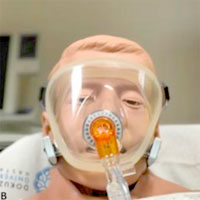
Management and Outcomes of ARDS Patients With and Without Comorbid Conditions
Half the patients with acute respiratory distress syndrome (ARDS) had major comorbidities, which were associated with severe ARDS, multiple organ dysfunction, and day‑28 mortality. These findings do not support the exclusion... read more
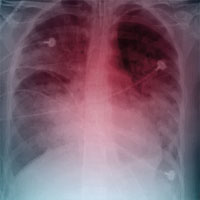
A Nightmare Airway with Rob Bryant
In terms of airway management, cricothyrotomy is one of the most advanced airway procedures an ED physician will perform. It is a last resort procedure when a patient is not able to be ventilated/oxygenated and/or intubated.... read more

Evaluating the Cost-Effectiveness of Proportional-Assist Ventilation Plus vs. Pressure Support Ventilation in the ICU in Two Countries
The published reductions in asynchrony and length of stay in the ICU with proportional assist ventilation (PAV ventilation by Medtronic) led to shorter time on ventilation, and reduced incidence of ventilator-associated pneumonia... read more
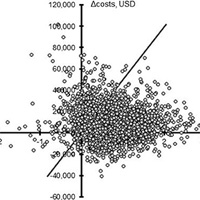
The Role of Speech and Language Therapy in Critical Care
The role of speech and language therapists (SLTs) in critical care can be unclear so this article sets out the scope of practice to increase awareness of the value of SLTs as part of the wider multidisciplinary team. Speech... read more

The Answer My Friend is Blowin’ in your Nose – High Flow Nasal Oxygen
High flow nasal oxygen is a novel device that actively humidifies and heats air to make flows of up to 60 liters a minutes tolerable. These incredibly high flows are important, because in order to provide 100% fiO2 to patients... read more
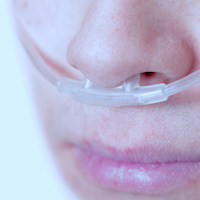
Early Noninvasive Ventilation and Nonroutine Transfusion for Acute Chest Syndrome in Sickle Cell Disease in Children
Early noninvasive ventilation combined with nonroutine transfusion is well tolerated in acute chest syndrome in children and may spare transfusion in some patients. Early recognition of patients still requiring transfusion... read more




